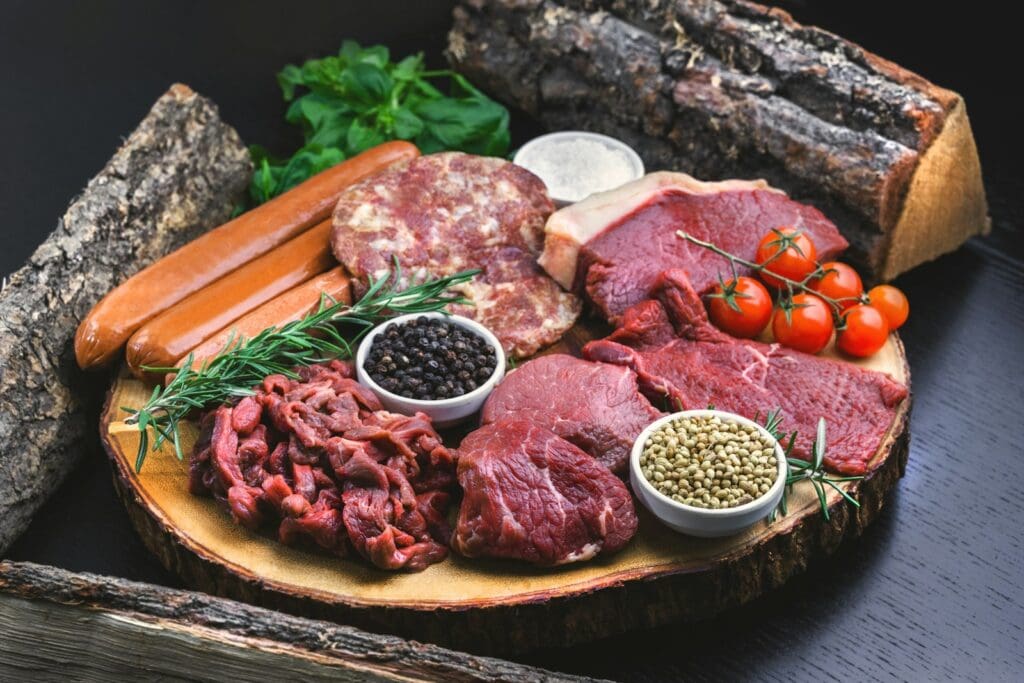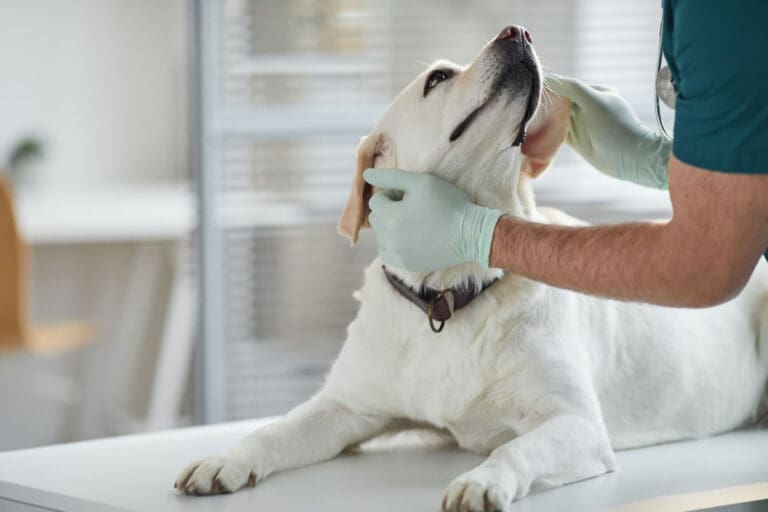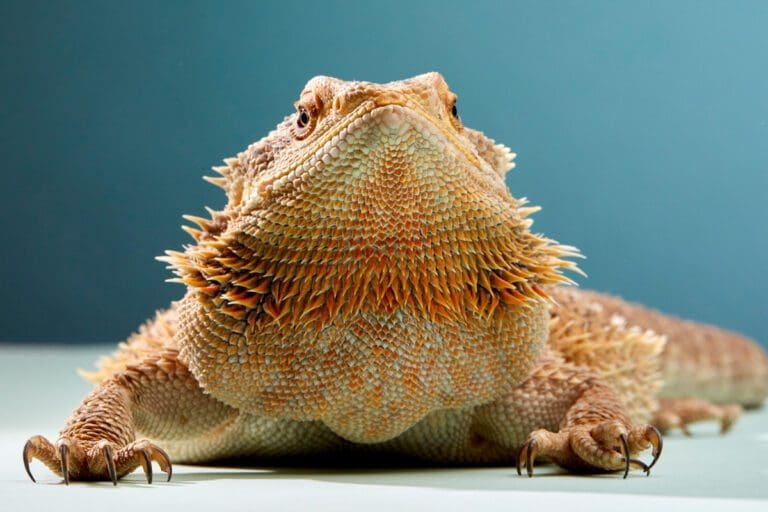You read the label. It says “complete and balanced”, maybe even “premium.” But what do those words mean?
Turns out, not much. Behind the marketing, many commercial brands hide harmful pet food ingredients in plain sight using vague terms, legal loopholes, and minimal regulation to get away with it.
If you’ve never looked past the packaging, now’s the time. Here are 5 pet food ingredients to avoid:
1. Meat By-Products and Unspecified Meals

If a label says “meat meal,” do you know what meat it’s referring to?
According to the FDA, “meat by-products” may include lungs, spleen, kidneys, brain, blood, intestines, and other parts not typically consumed by humans and often from unnamed sources. Worse still, an FDA investigation found pentobarbital (a euthanasia drug) in several popular dog food brands using rendered animal meals.
Look for named meat sources (like “chicken” or “beef”) instead of ambiguous terms like “meat” or “animal.”
2. Chemical Preservatives: BHA, BHT, Ethoxyquin

Preserving pet food is necessary, but how it’s done matters.
BHA and BHT, still widely used, have been linked to cancer in laboratory animals. Ethoxyquin, often found in fish-based meals, is banned in human food in the EU but still appears in U.S. pet products. According to PetMD, these preservatives may accumulate over time and contribute to liver and kidney damage.
Look for natural preservatives like vitamin E (mixed tocopherols) or rosemary extract.
3. Artificial Colors and Sweeteners

Pets don’t care if their food is red or yellow. But dyes like Red 40 and Yellow 5 have been connected to hyperactivity and allergic reactions in both humans and animals.
More alarming? Xylitol, a sugar substitute safe for humans, is deadly to dogs even in small amounts. Ingesting xylitol can cause vomiting, seizures, and liver failure, according to this Paws Off! warning by the FDA.
Skip foods with artificial colors, corn syrup, or chemical sweeteners. If it sounds like candy, it probably doesn’t belong in your pet’s bowl.
4. Carrageenan and Mystery Thickeners

Wet foods often contain thickeners to bind gravy and create texture, but some of these additives raise red flags.
Carrageenan, a seaweed extract, is commonly used in canned pet food. While “food grade” carrageenan is legal, this NIH research suggests it may trigger inflammatory digestive issues over time.
Other labels list vague gums or binders with no source information. It is yet another way companies sneak in low-quality pet food ingredients.
5. Rendered Fats and Flavor Enhancers

Labels like “animal fat” or “animal digest” seem straightforward, but they’re often code for something far murkier.
These fats and flavorings are typically rendered from a mix of dead, dying, or diseased animals (referred to in the industry as “4D meats”). According to TruthAboutPetFood.com, these rendered ingredients can contain everything from expired grocery meats to euthanized shelter animals.
The problem? Regulations allow it as long as it’s heated enough to kill bacteria. Nutritional value? Questionable. Safety? Even more so.
Take the Lead on Safer Pet Nutrition
Your pet relies on you to make smart choices, and that starts with reading past the pretty packaging. Knowing how to spot misleading pet food labels and avoid toxic food for cats or dogs isn’t just helpful but essential.
You can start small. Switch to named meats, natural preservatives, and transparent brands. Share what you’ve learned and ask questions. The more we know about hidden ingredients in pet food, the more we can demand better for our pets.
Better food starts with informed pet parents. Let’s lead the way.






